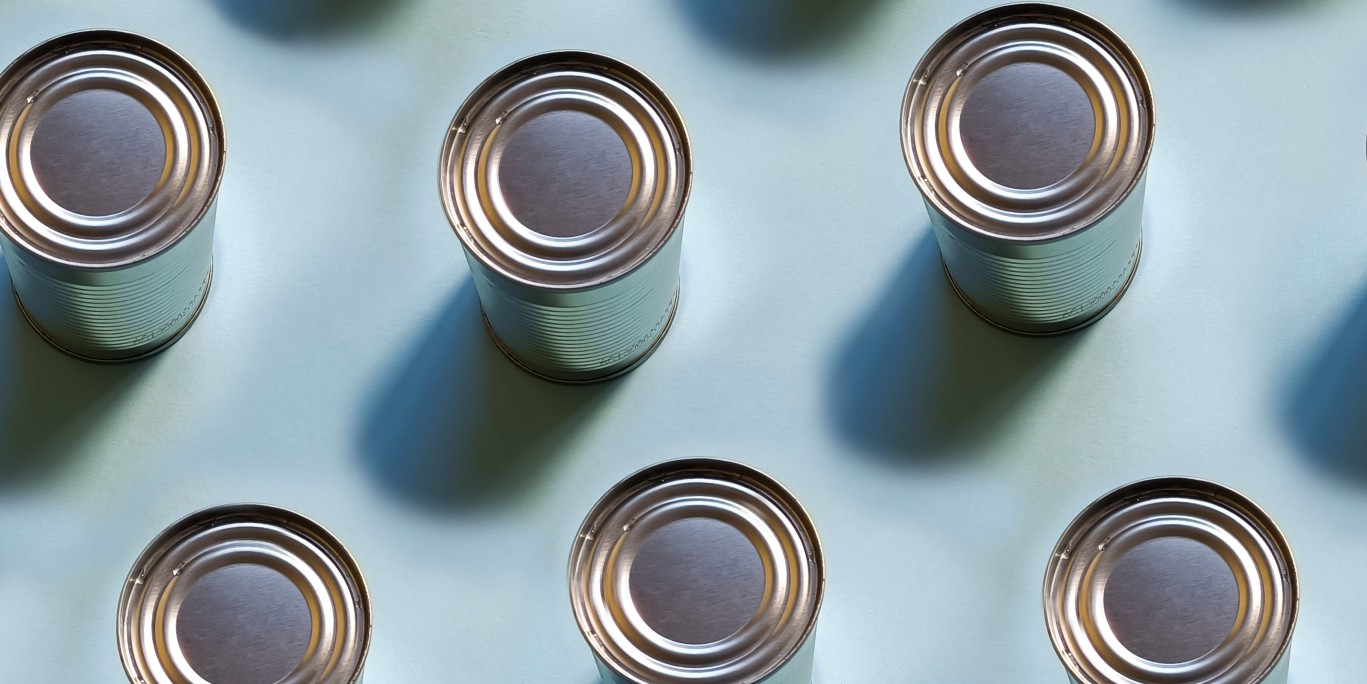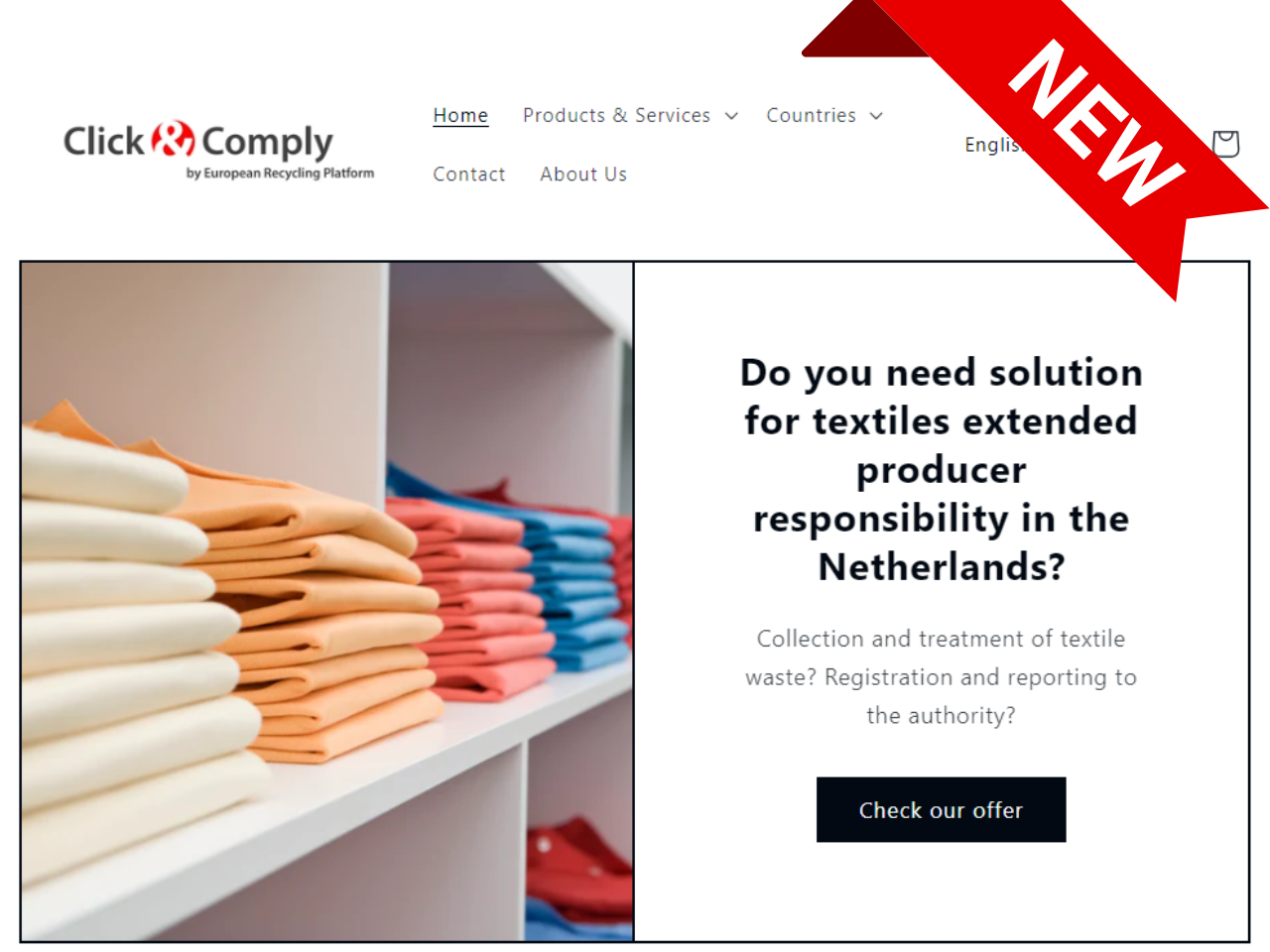What’s happening? Here is an update for March 2024:
Hazardous chemicals: ECHA Enforcement Forum
REACH Candidate List: five substances added
F-gases: revision of EU regulation
Hazardous chemicals: ECHA Enforcement Forum
An enforcement project conducted by the European Chemicals Agency (ECHA) forum has revealed high levels of dangerous chemicals, including lead and phthalates, in consumer products across 26 participating countries.
Around 18% of the inspected products failed to comply with EU regulations. Furthermore, the non-compliance rate was higher in products which originated from outside the European Economic Area (EEA).
The findings were detailed in a report published by ECHA at the end of 2023.
The project checked compliance with REACH restrictions and duties concerning substances in articles under the EU REACH, Toys and RoHS Directives.
According to ECHA, the laws were most breached for the following product types, some of which are of particular relevance to Landbell Group’s clients:
- Electrical devices such as toys, chargers, cables, headphones: 52% of these products were found to be non-compliant, mostly due to lead found in solders, phthalates in soft plastic parts, or cadmium in circuit boards
- Sports equipment like yoga mats, balls or rubber parts, with 18% of these products breaching the rules mostly due to SCCPs and phthalates in soft plastic and PAH in rubber
- Toys like bathing/aquatic toys, dolls, costumes, play mats, plastic figures, fidget toys, outdoor toys, slime and childcare articles: 16% of non-electrical toys breached the rules, mostly due to phthalates in soft plastic parts or other restricted substances, such as PAHs, nickel, boron or nitrosamines, and
- Fashion products such as bags, jewellery, belts, shoes and clothes, with 15% of these products containing phthalates, lead and cadmium
Inspectors have taken enforcement measures, with most of them resulting in the withdrawal of such products from the market.
REACH Candidate List: five substances added
On 23 January 2024, the European Chemicals Agency (ECHA) added five new substances to the Candidate List of Substances of Very High Concern (SVHC).
The substances, which have a variety of uses in adhesives, sealants, inks and toners, polymers, and washing and cleaning products, are the following:
| Substance | EC number | Reason for Inclusion |
|---|---|---|
| Oligomerisation and alkylation reaction products of 2-phenylpropene and phenol | 700-960-7 | vPvB |
| Bumetrizole (UV-326) | 223-445-4 | vPvB |
| 2-(dimethylamino)-2-[(4-methylphenyl)methyl]-1-[4-(morpholin-4-yl)phenyl]butan-1-one | 438-340-0 | Toxic for reproduction |
| 2-(2H-benzotriazol-2-yl)-4-(1,1,3,3-tetramethylbutyl)phenol (UV-329) | 221-573-5 | vPvB |
| 2,4,6-tri-tert-butylphenol | 211-989-5 | Toxic for reproduction; PBT |
The candidate list is updated twice a year and now includes 240 substances or substance groups.
Substances included on the candidate list can be recommended for Authorisation as the next regulatory step.
Substances and mixtures containing SVHCs exceeding 0.1% by weight must be properly communicated to downstream users in the EU via a Safety Data Sheet.
Additionally, EU manufacturers and importers of articles containing over 0.1% by weight of SVHCs have several obligations:
- Upon request by a consumer, EU suppliers must provide information on the SVHCs contained in the article and include information on safe use within 45 days of receipt of the request
- Articles must be notified to the Substance of Concern in Products (SCIP) database established under the Waste Framework Directive (WFD), and
- If the SVHC in the article exceeds 1 tonne of manufacture or import per annum, a separate notification to ECHA must be made if it cannot be ruled out that exposure to humans and the environment occur during use or disposal
Please visit H2 Compliance’s SCIP information page to learn more about its services regarding SVHCs.
F-gases: revision of EU regulation
At the end of last month, the European Parliament greenlit a proposal to overhaul the EU Regulation concerning fluorinated gases and substances that deplete the ozone layer (F-gases).
This issue was previously highlighted in COMPASS here.
The proposal envisions eliminating hydrofluorocarbons (HFCs) entirely by 2050, with a strategy to cut down the EU’s consumption quota from 2024 to 2049 progressively.
Consultations for this provision pinpointed exact dates for phasing out F-gases in specific products, identifying primary sources of PFAS emissions: by 2035 for heat pumps and air conditioning systems, and by 2030 and 2032 for medium and high voltage switchgear.
Although existing EU laws have already considerably restricted HFC usage, the updated regulations aim to extend these restrictions to other fluorinated alternatives like hydrofluoroolefins (HFOs).
HFOs were initially seen as a viable low-global-warming-potential alternative but have since been associated with negative environmental effects, including the emission of PFAS.
US Consumer Product Safety Commission: changes proposed
In December 2023, the US Consumer Product Safety Commission (CPSC) issued a Supplemental Notice of Proposed Rulemaking (SNPR) regarding Certificates of Compliance (CoC) for regulated consumer products (16 §CFR 1110).
If adopted, the SNPR will better align the CoC rule with other CPSC rules for testing and certification, clarify certificate requirements for all CPSC-regulated products and substances, and require eFiling of CoCs for imported regulated products and substances.
The SNPR also clarifies additional rules for who must certify finished products for imported and domestic products (including for private labellers), as well as whether the products are delivered directly to consumers from non-domestic manufacturers.
Regulated products that fall under the purview of the US CPSC include (but are not limited to) items such as all-terrain vehicles, art materials, children’s products, bicycles, hair dryers and lawnmowers.
Manufacturers and importers who sell consumer products within the US should heed announcements related to this proposed rulemaking.
Additionally, the CPSC is accepting comments related to this regulation and the comment period for this SNPR ended on 6 February 2024.
Sign up for our monthly
report COMPASS here:
Your email











